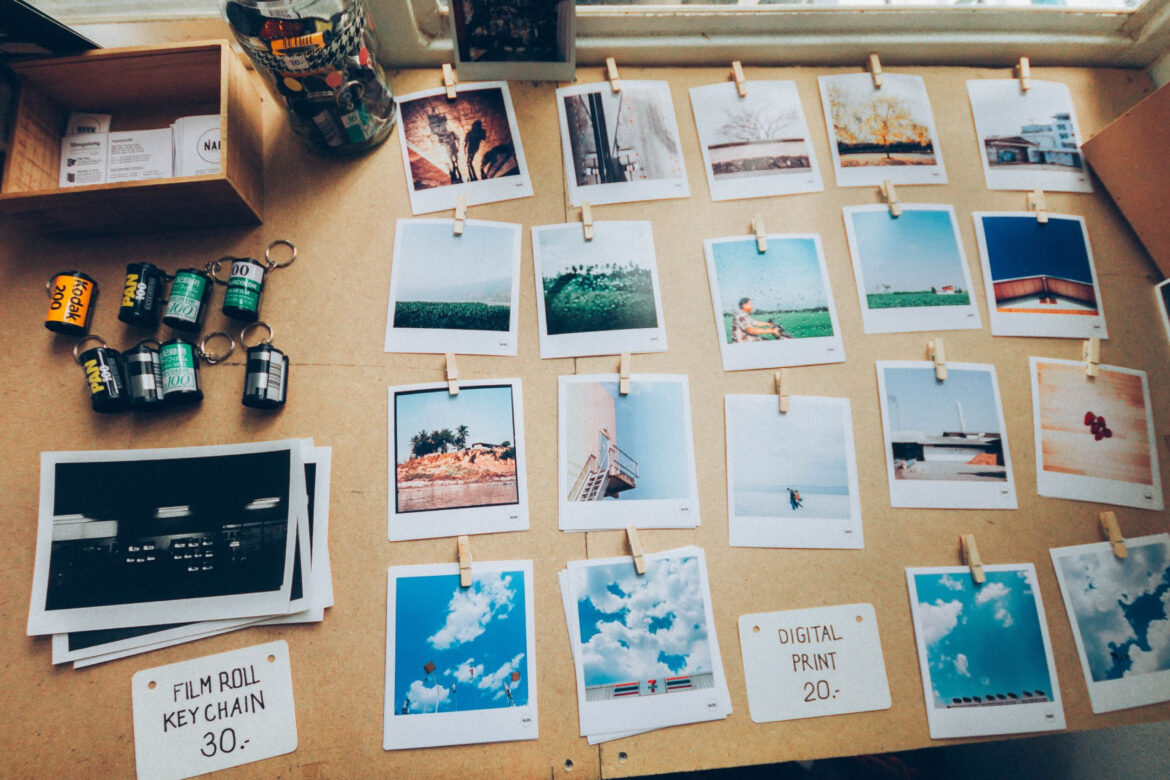INTRODUCTION
Have you ever seen such an aesthetically captivating film that you wanted to recreate with your photography?
Giving an image, the cinematic treatment has a significant impact on its appearance and the mood it portrays. Of course, it makes your photo stand out, but it also serves as a reminder to your audience of recent blockbusters.
Fortunately, you don’t need to be a cinematographer to make worthy films on the big screen. We’ll show you how to make your images look like screen captures from your favorite movies.
- Examine Your Favorite Films
Before you can take cinematic photographs, you must first consider what makes something beautiful in the first place. Forget about looking it up in a dictionary. Instead, watch your favorite movies and see how you can visually perceive their essence.
- You don’t have to limit yourself to a single genre when finding cinematic inspiration. Everything from action movies to animation to indie films may teach you a lot.
- Expand your horizons by looking for movie lists on the internet.
- Once you’ve found the proper inspiration, make a visual list of everything you enjoy about it. Examine how each shot is composed and how the lighting affects the tone of each scene.
- Although filmmaking and photography are two different venues, they share many of the same laws. As a result, you may effortlessly apply what you’ve learned from movies to your photography.
- Use A Prime Lens To Capture Photos
Zoom lenses are rarely used in movie cameras. Instead, fixed prime lenses are preferred by many cinematographers because they are sharper than lenses with variable focal lengths. Aside from that, they have fantastic bokeh, which helps to isolate the subject from the backdrop.
The 35mm and 50mm prime lenses are the most popular lenses for photography. Choose a 35mm lens if you need to capture a scene up close. Despite being a wide-angle lens, it does not distort photos nearly as much as other lenses. However, 50mm is the most acceptable option if you require a distortion-free general-purpose lens. It is less expensive than 35mm, but it also has excellent background blur.
Lenses like the 35mm and 50mm do an excellent job of making a photo look dramatic. However, filmmakers rarely utilize them in practice since they demand you get too near your subject and disrupt the ‘action.’
- Use Angles To Communicate
Every aspect of a photograph impacts how your audience perceives your subject. This includes the use of angles to create various moods. In addition, you may influence how others interpret your shot simply by shifting your camera location.
- The eye-level shot is the most common. It helps us connect with the issue more personally and intimately since it mimics how we usually see others.
- In addition, photographing from a low perspective makes your subject appear larger and more powerful while shooting from above makes them seem more fragile.
- Lighting Can Help To Set The Tone
While natural light is typically used in ordinary photographs, lighting sources in movies are frequently set to accomplish specific effects. That’s why you must organize your shots properly to recreate the atmosphere of your favorite movies.
Soft lighting and harsh lighting are the two significant forms of lighting you can use to shape the mood of your photos. For example, soft lighting is frequently used in movies to make scenes appear dreamy and heavenly. On the other hand, Complex lighting creates a more dramatic atmosphere.
A significant light source is required to create soft lighting. Because huge softboxes diffuse the light from the bulbs, you’ll see them in studios. On the other hand, soft lighting does not require any additional equipment. It would help if you hung tight for a cloudy day when the sun radiates through the mists. Alternatively, you might position your subject near a window to soften the harsh light outside.
You’ll need a modest, artificial light source if you wish to employ harsh lighting. It produces stronger contrasts and brighter highlights because it is more concentrated.
CONCLUSION
It would be best to acquire a cinematographer’s perspective to get the cinematic aesthetic. Don’t just take images on the spur of the moment like any other photographer. Instead, it would help if you were more deliberate in your shooting choices. Everything comes down to mastering color, composition, and lighting in the end. You’ll be able to create aesthetically compelling photographs worthy of the big screen once you find out how to adjust all of these components, especially with a photo editor.


